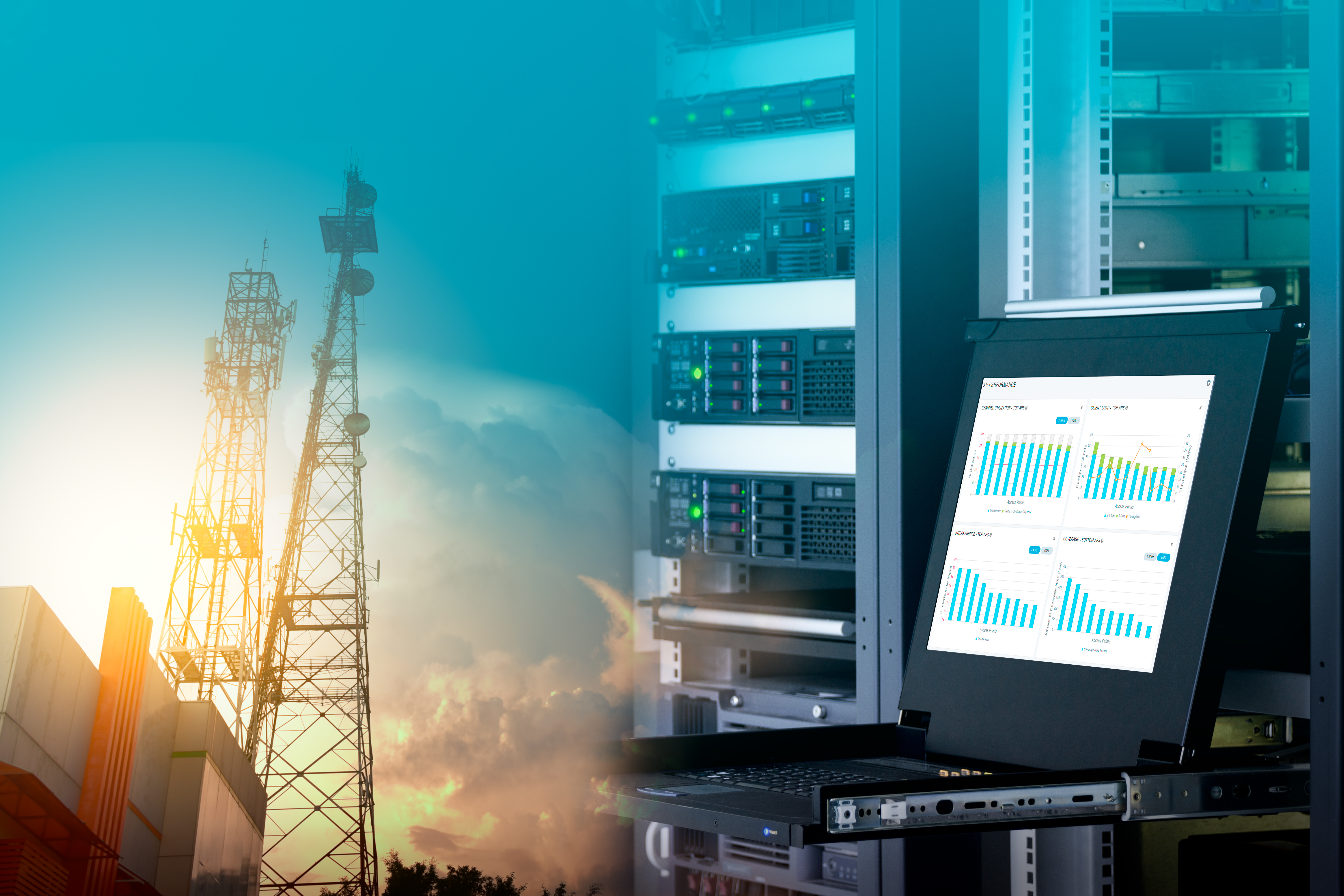4: Breaking the Model – Designing to Your Specific Use Case
There is no limit to the kinds of intelligence and control you can achieve with your devices. While we’ve focused largely on lightweight sensors that make up the majority of devices, there is no limit to what can be achieved in the IoT. It’s an exercise in creativity, and in manufacturers’ ability to identify what’s useful to them and how to leverage it towards a better way to get things done.
While the node/gateway/cloud model seems inherently to move from the most lightweight and distributed up to the most powerful and centralized, that’s only one way to approach the IoT. There are lots of ways to build an IoT solution. In extreme cases, you may not have a centralized gateway at all.
For example, consider a warehouse with several industrial freezers. It may be that maintenance workers on site already have regular tasks that must be performed every few hours. Since workers will be visiting each refrigeration unit several times a day, it may make the most sense to log data on a sensor at each freezer and manually collect it via a smartphone or other handheld device at each visit.
In this case, the smartphone or handheld serves as a temporary gateway, and data transfer only happens when it’s initiated in person. It’s much different from a central gateway scenario, but it may be the most sensible option for that OEM.
In some instances, the gateway and the node may actually be one device, a sort of standalone gateway. If a wall unit can measure temperature data at its location and also communicate via Wi-Fi, there may be no need to have a separate temperature sensor. If the communications unit in a vehicle contains an LTE modem and is also wired to the door locks, that communications unit can unlock the doors on user request without a need to have a separate device to do that.
The node/gateway/cloud model simply makes it more economical to introduce more points of control or measurement. If it’s useful to have measurements taken at multiple locations around a facility, it’s more economical to have those points of measurement be inexpensive and efficient, rather than have several more complex and expensive units performing the same task. But in many cases, a single centralized unit may be the best device for the application.
Similarly, it’s worth considering how much processing to do at the gateway level before passing data to the cloud. Gateways can vary greatly in how much they do with the data presented to them. For example, an IoT gateway in a driverless vehicle may be taking on hundreds of sensor readings per second, analyzing the status of the vehicle’s systems, the objects sensed around the vehicle, traffic data from the cloud, and more.
In a vehicle, microseconds matter in keeping the vehicle on target, driving safely, avoiding obstacles, and ultimately protecting the passenger. It’s inefficient to send all this data out to the cloud and to make decisions there. Rather, more powerful in-vehicle processing is needed. Balancing these considerations is important both in terms of meeting your application’s needs and keeping your design within budget.




